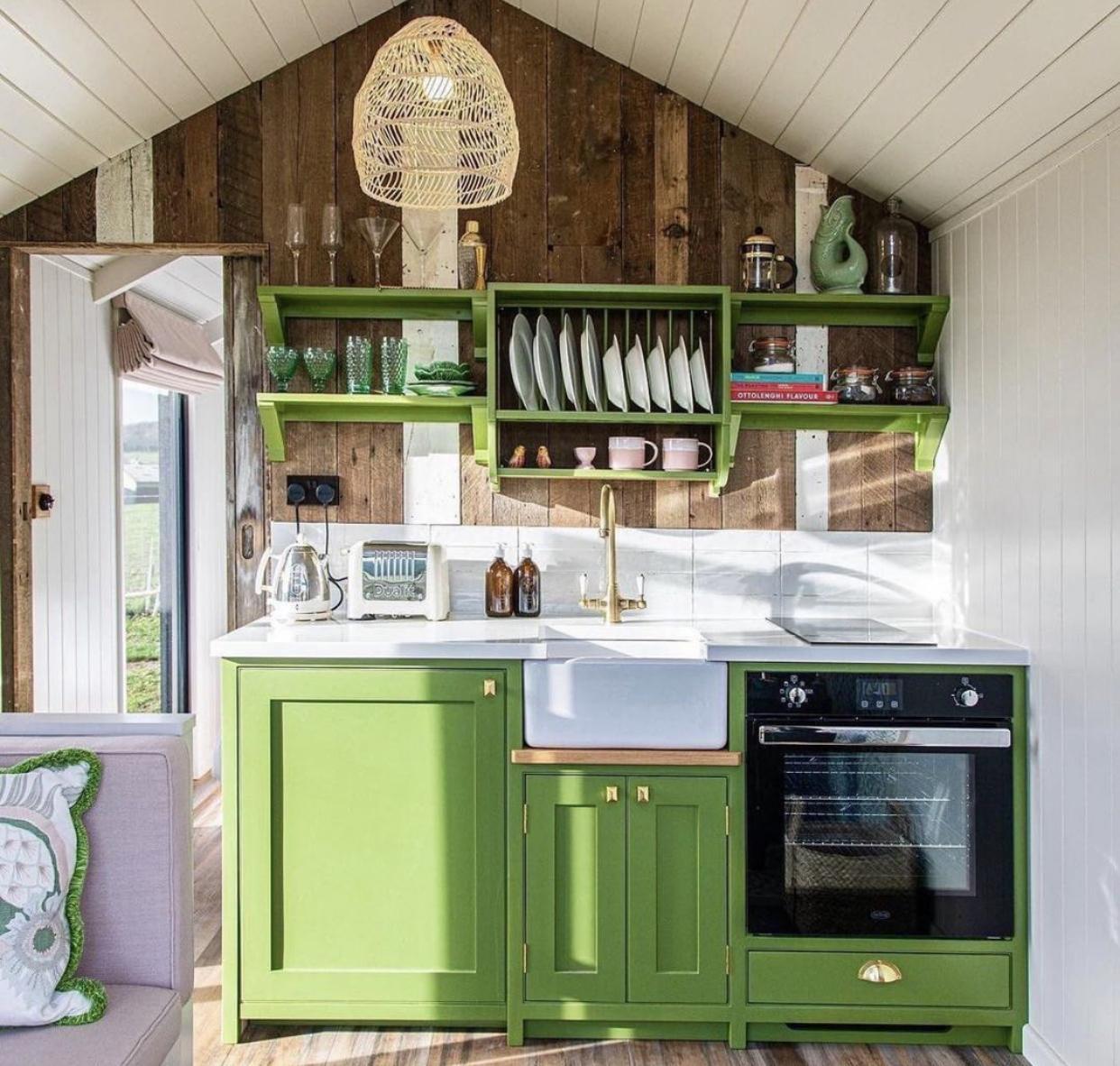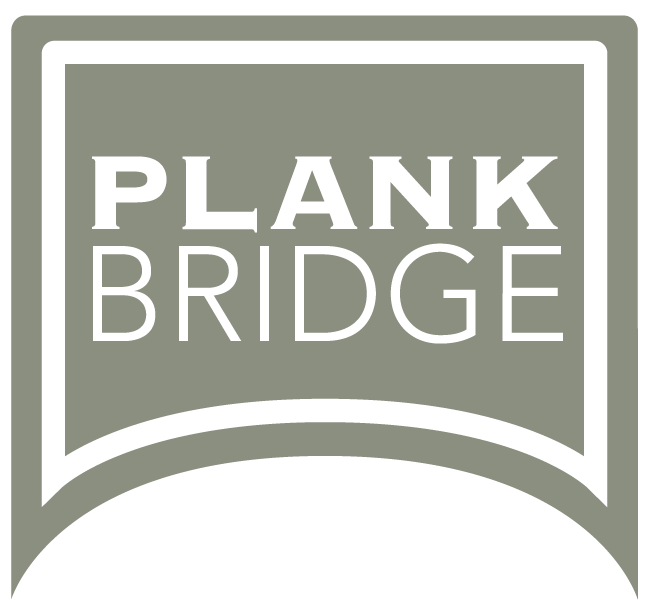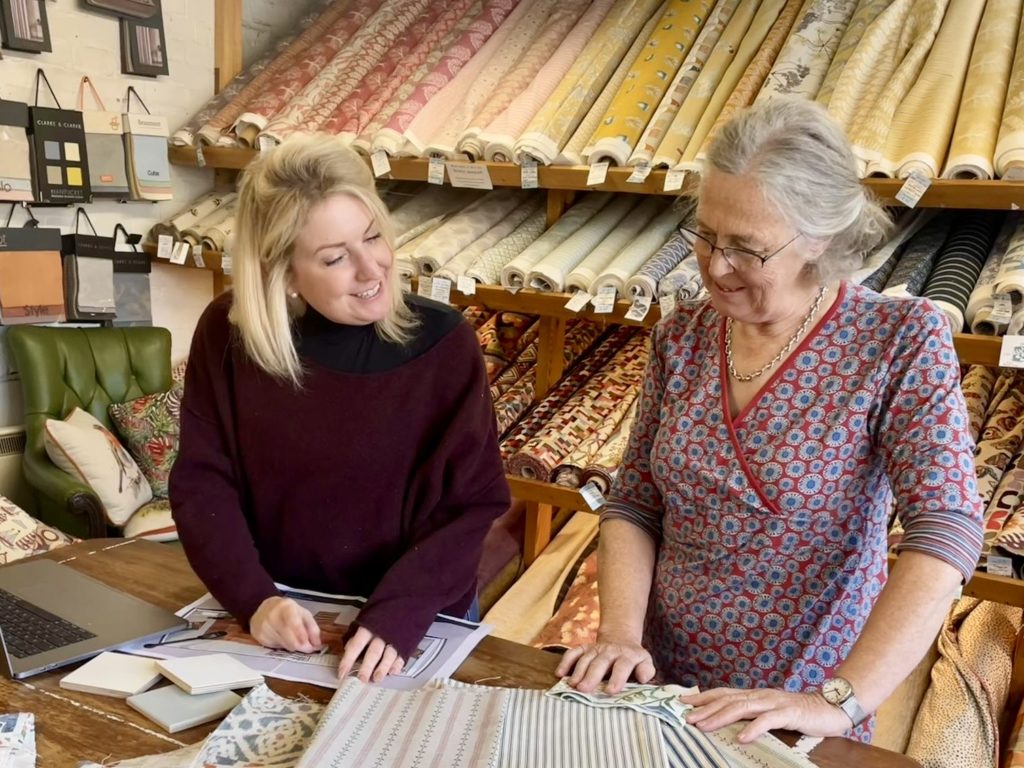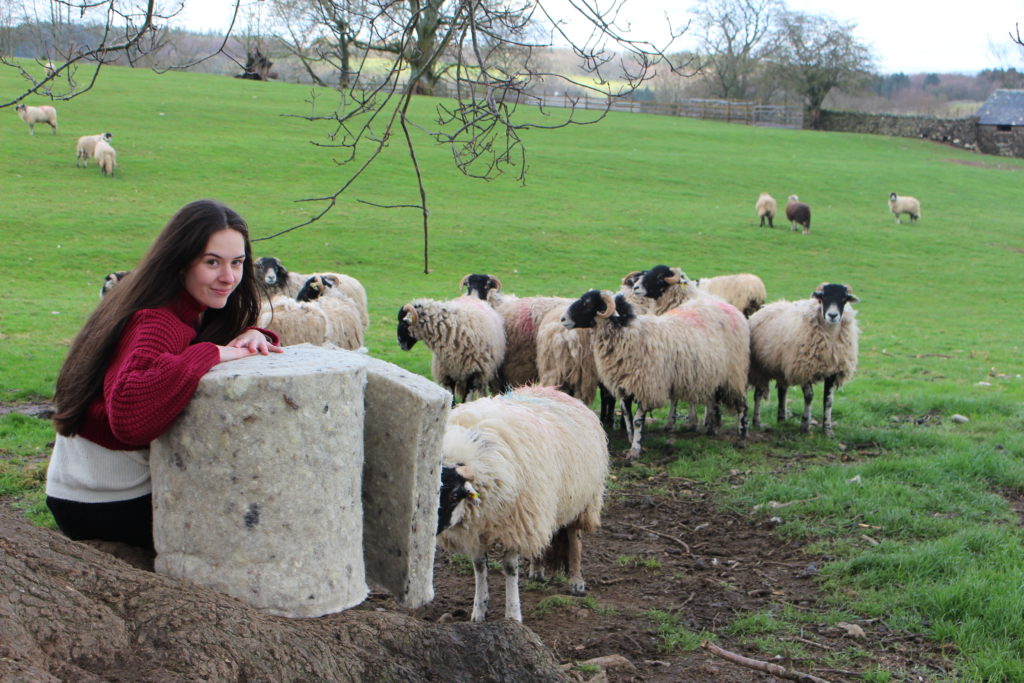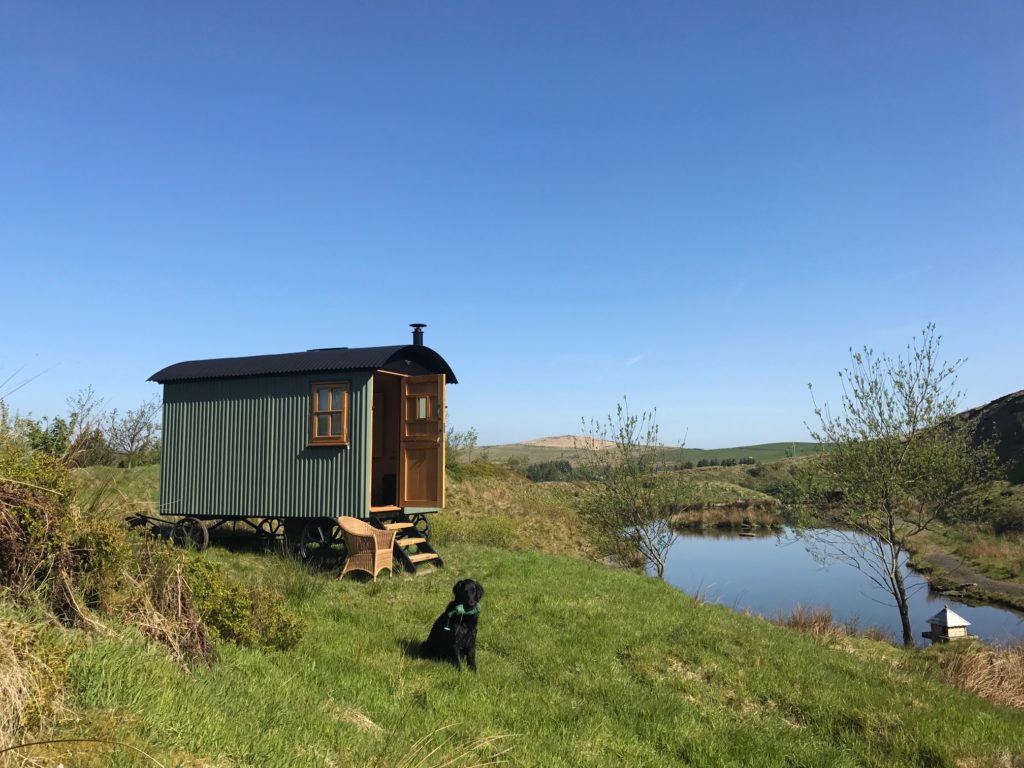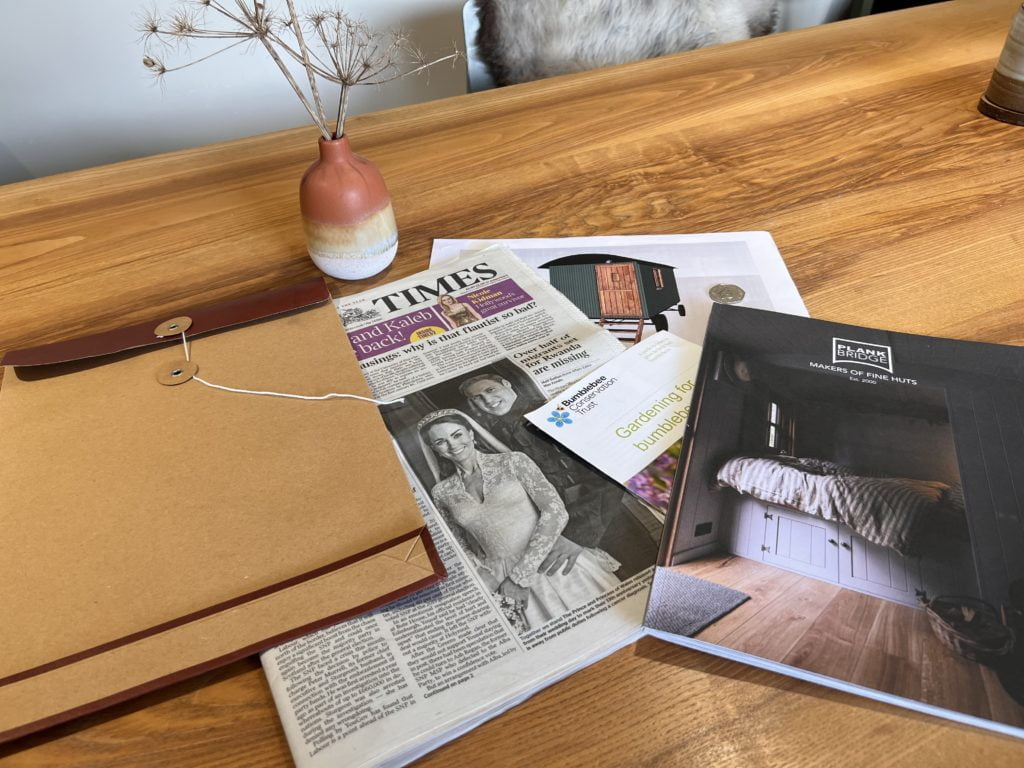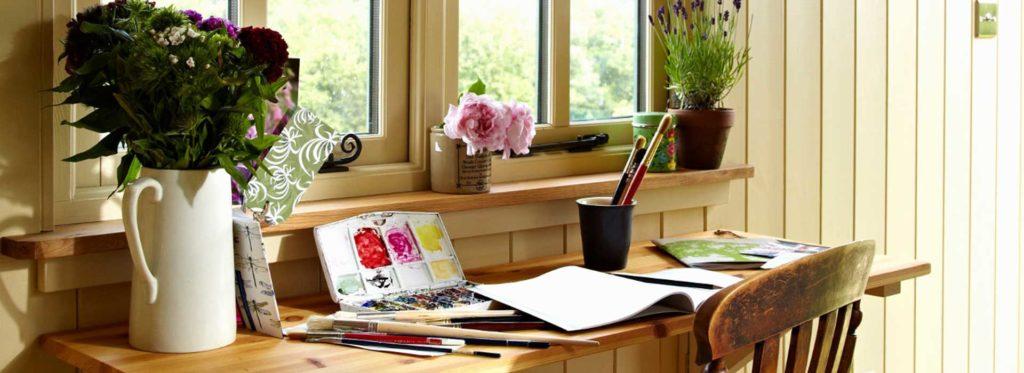What colour should a shepherd’s hut be? Well, I suppose the answer is ‘whatever you would like it to be.’ To help narrow the choice down we had great fun creating our very own nature inspired colour card, carefully selecting shades that we knew worked well or had proved popular over the years. The really tricky bit is choosing the names. Here’s how we did it.
“The purest and most thoughtful minds are those which love colour the most” John Ruskin
The Plankbridge ethos is still rooted in the heritage of the original Victorian huts. However we have fully embraced the contemporary trend for larger portable shepherd’s huts. I’m still personally keen to keep ‘one foot in the past’ so for me the more grounded colours hark back to the golden age.
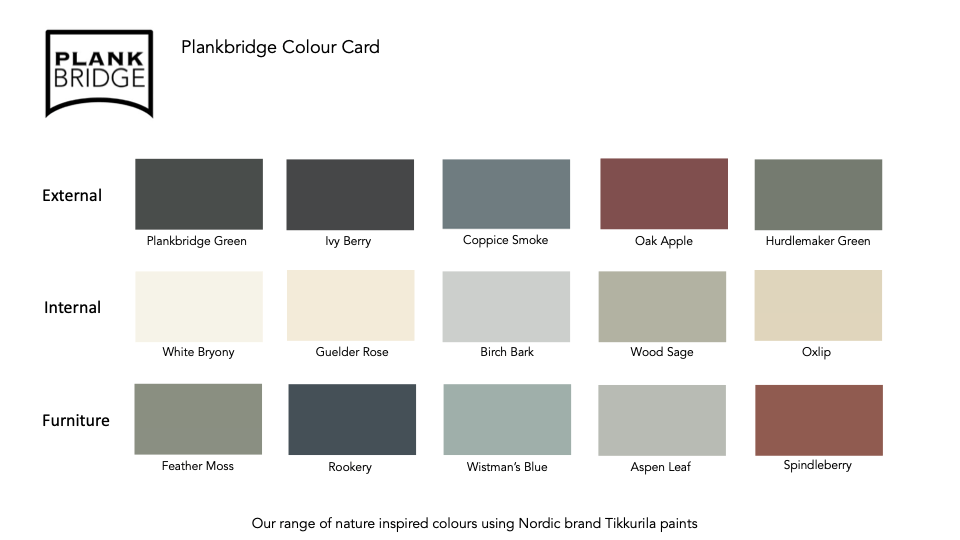
Traditional Shepherd’s Hut Colours
Original corrugated iron was galvanised, a process that was invented in France the 1830’s. By 1850 thousands of tonnes of steel and iron was being coated with molten zinc to give protection from rust. I find it fascinating that we have this perception of something metal being rusty and aged in the black and white past, but a newly crafted corrugated iron shepherd’s hut, fresh from the makers such a Farris of Shaftesbury or Reeves of Bratton, could have been a shiny silver colour. It would have gleamed in the sun like a spaceship in a 1950’s B movie as it stood proudly on the downs.
Galvanising protects the steel or iron beneath, but in time it would fade, tinged with rust and in need of a coat of paint. Back then a lad or farm hand would be sent out to ‘blackjack’ the hut, and anything else that needed it whilst he was at it. Blackjack, or bitumen, is derived from petroleum and forms a tar like protective layer to metal. It’s also known as pitch, and you can imagine the farm hand being told to go out and pitch everything with a bucket and brush.
So if you are looking for the original colours then a black, or an off-black is a good starting point; Plankbridge Green or Ivy Berry from our colour card would work well. After time and a good weather beating pitched metal greens up beautifully, and it is this deep dark green / black that really floats my boat. In the early days we would use a classic Mid-Brunswick Green, an engineering / canal boat colour, but we never quite felt it worked to suggest that faded, aged pitch look we were looking for. We finally settled on just the right dark bronzy green, developed with our paint suppliers Tikkurila. We named this Plankbridge Green.
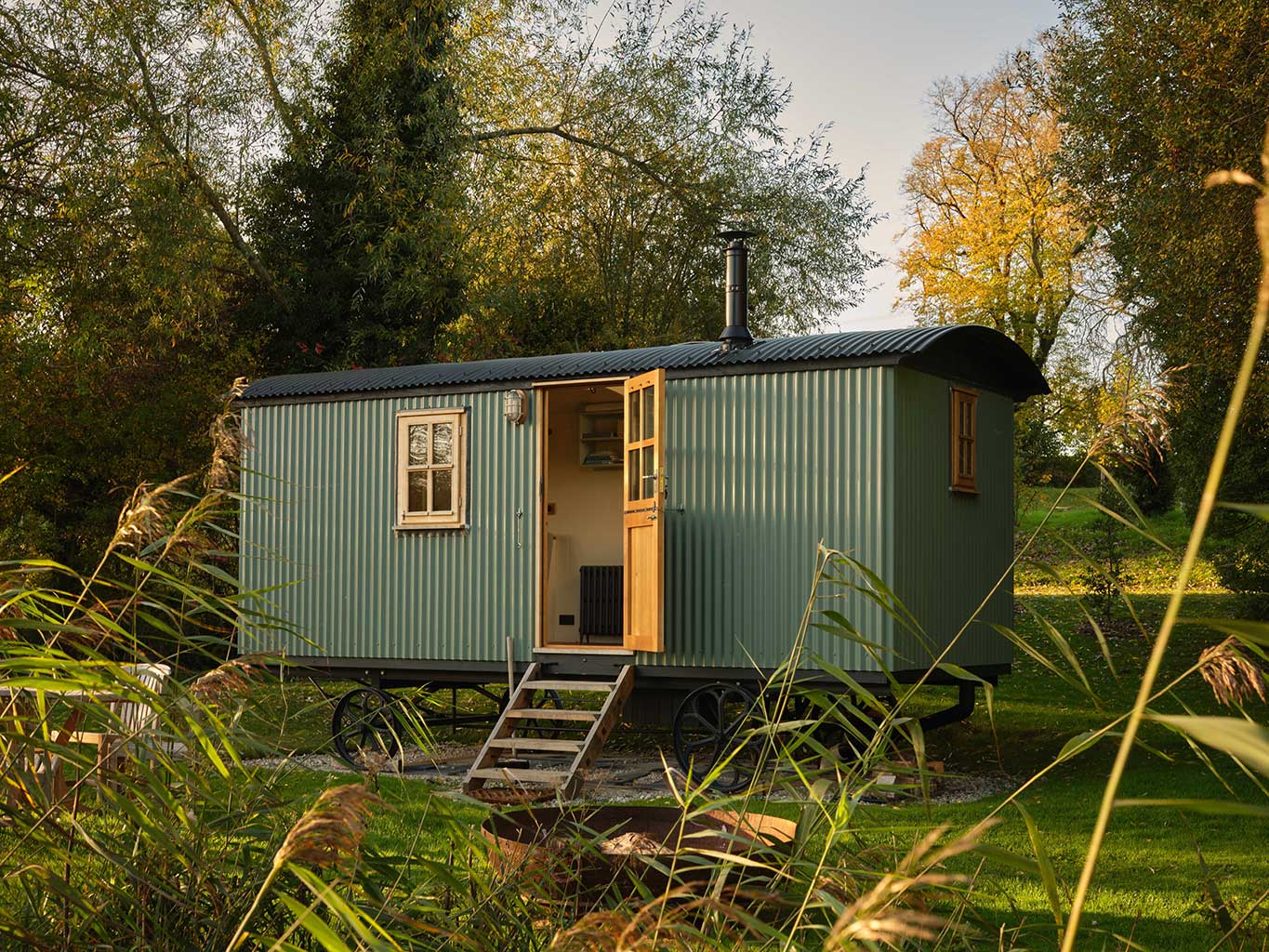
Modern Shepherd’s Hut Colours
Our customers have great taste, and we were able to compile a range of colours for inside and out that have proved popular, alongside some that are a little more adventurous. We selected the colours and laid them out on cards and several of us spent the weekend thinking of names to match. I set the brief of ‘relaxing, nature inspired’ and the result is so pleasing, with cosy names like Wood Sage and Guelder Rose sitting alongside evocative Coppice Smoke and Feather Moss. Wistman’s Blue is redolent of the lichens that drape from the stunted ancient oaks growing steadfastly between granite boulders high up on Dartmoor.
Our Favourite Hut Colour?
A personal favourite of mine is Hurdlemaker Green which is fondly named in honour of an old hurdle maker friend of ours. He was one of the happiest and most contented people I have ever known, so wise too, and I will always remember him and his daily marmite and watercress sandwiches working steadily in a sheltered clearing in the hazel coppice nearby. A hut in Hurdlemaker Green makes me very happy too.
We can finish our English Oak joinery in a marine oil, or a paint finish using Tikkurila primers and Valtti Opaque top coat. Our corrugated iron roofs are usually in a black plastisol, which is a coated finish for low maintenance. You don’t really want to be climbing up on the curved roof for a repaint.
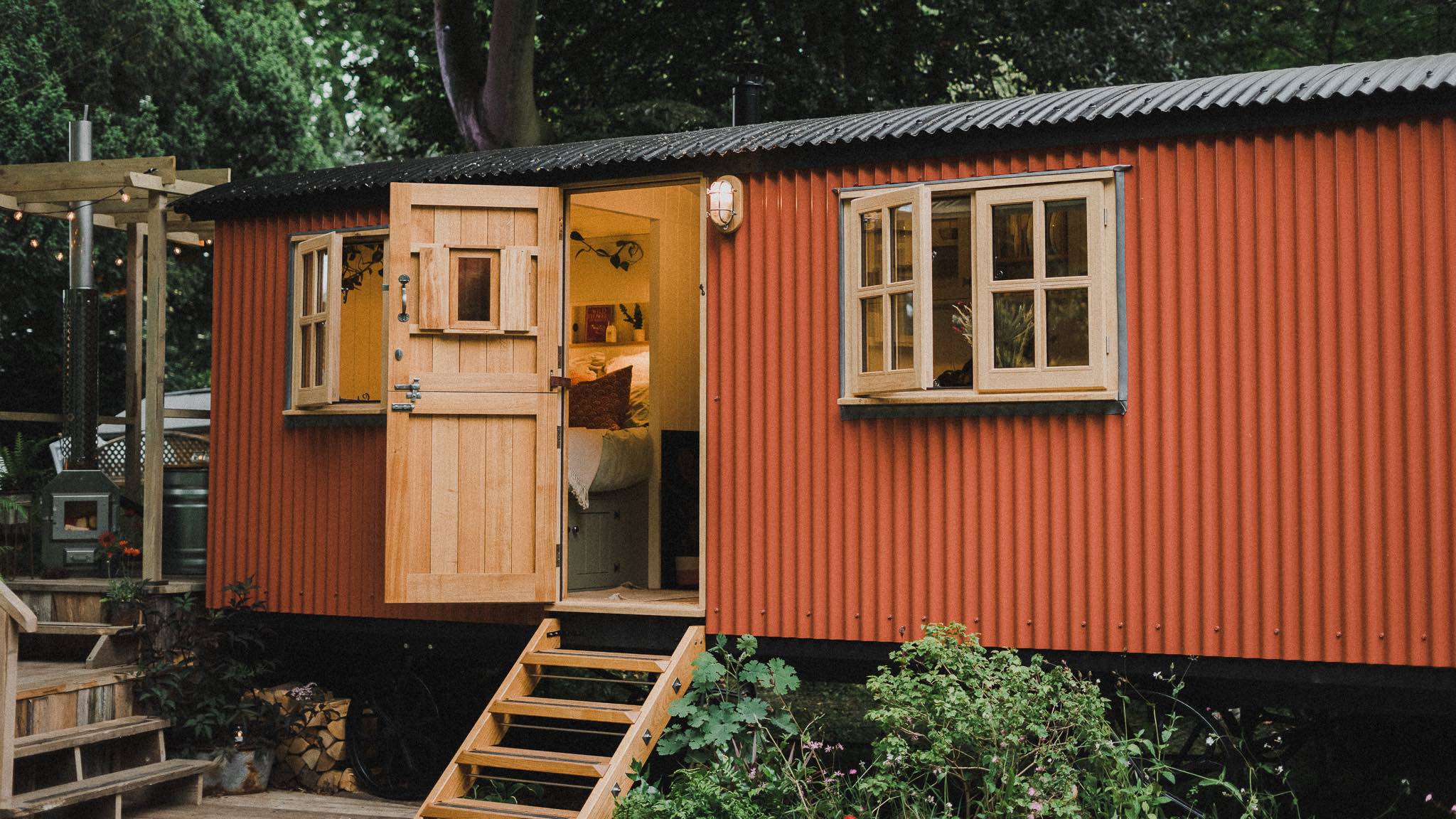
Care and Maintenance
From the technical side, oiled timber needs regular refinishing if you want to retain that look, much the same as garden furniture does. The damp British climate is a real challenge to oil, varnish and lacquer finishes over oak and other hardwoods. An oil such as Osmo or Owatrol will need an annual wipe over in most exposed conditions. Alternatively our English oak looks beautiful when allowed to weather to silver over a couple of winters. All painted or oiled timber will weather differently depending on local conditions. My hut at home has its back to the prevailing wind and the door looks as good as it did ten years ago. The window facing West needed a rub down and repaint in five to six years. The corrugated cladding, in Tikkurila Unica semi-gloss enamel weathers extremely well, and is the most low maintenance part of the hut.
We are sometimes asked to colour match to interesting things, such as an eye-catching bike frame or even a small piece of driftwood taken from a beach on the Isles of Scilly. We matched the turquoise of the patches of paint for the exterior cladding, and the interior was toned into the sea worn timber. A Scottish textile designer asked us to match the colours of the stone wall in her garden; the subtle greens and oranges of the lichens and bryophytes, and the greys of the stones. As with all exterior and interior paint finishes they can be easily repainted when the time comes, giving you the opportunity to change to match current trends or to suit a new use of your hut.
Contemporary Hut Colours
As many of our huts have become more contemporary then so too have the colour choices. The grey trend of a few years ago certainly informed hut colours for a while, and now we are seeing more uplifting yet still subtle colours for 2023. We are increasingly fitting anthracite grey aluminium windows and doors, which I’m a great fan of, and this modern ‘converted barn’ look compliments traditional black timber weatherboarding really well.
Do colour trends really reach into the Plankbridge world? They do indeed, and a customer recently painted their hut kitchen in what the team nicknamed ‘Kermit Green’. It has since garnered the most positive comments of all our images shared on social media, and now I’ve got my eye in Kermit Green is everywhere! It is in fact Sap Green from Farrow & Ball – very trendy indeed.
